Toothpaste hacks that actually work? You might be thinking, “Toothpaste? For something other than brushing my teeth?” Absolutely! For generations, this minty marvel has been a staple in our bathrooms, but its uses extend far beyond just oral hygiene. Think of it as a secret weapon against everyday annoyances, a multi-tasking magician hiding in plain sight.
From removing stubborn stains to polishing silverware, the versatility of toothpaste is truly remarkable. While its exact origins are debated, the concept of using abrasive substances for cleaning dates back to ancient civilizations. Egyptians used a mixture of powdered ash and pumice, while Romans favored crushed bones and oyster shells. Thankfully, our modern toothpaste is a bit more palatable (and effective!).
But why should you care about these toothpaste hacks that actually work? Because life is messy! Spills happen, scuffs appear, and sometimes, you just need a quick fix without reaching for harsh chemicals. These DIY tricks are not only budget-friendly, but they’re also a fantastic way to repurpose something you already have. I’m excited to share these simple yet effective solutions that will make your life a little easier and your home a little brighter. Let’s dive in and discover the surprising power of toothpaste!
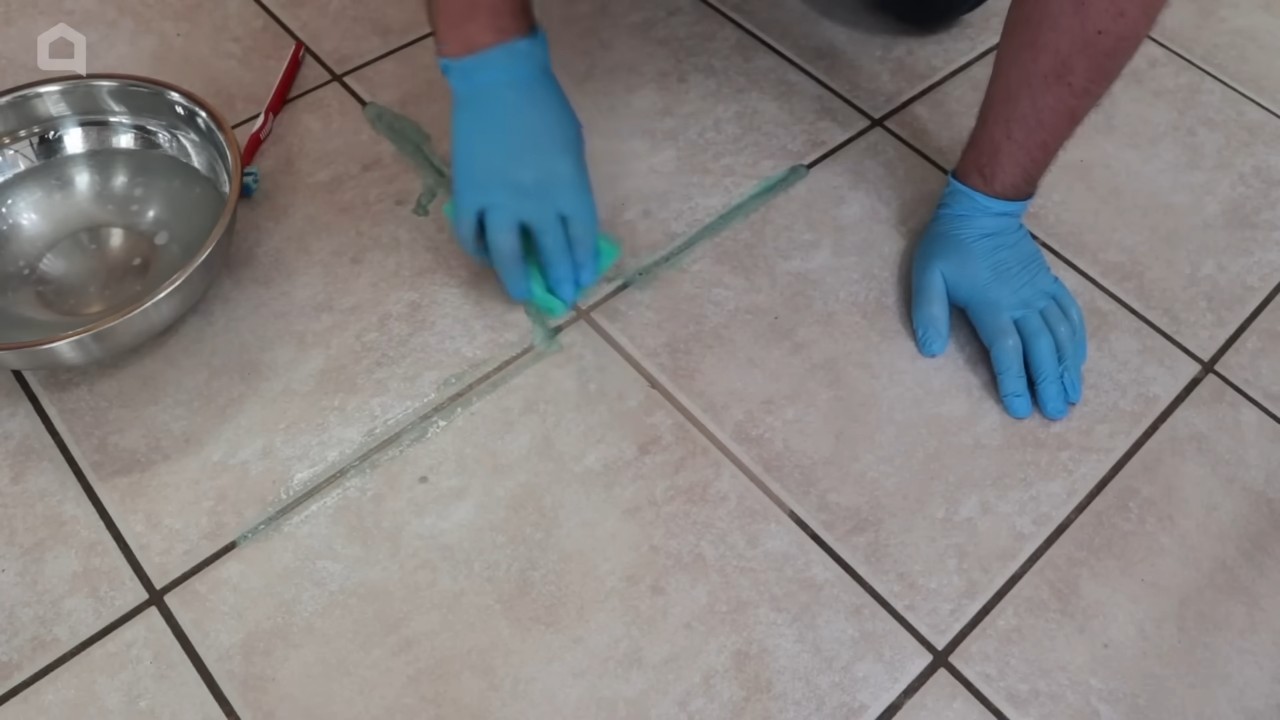
Toothpaste Hacks That Actually Work (Beyond Brushing!)
Okay, let’s be honest, we all have a tube of toothpaste lurking in our bathroom. But did you know that this humble hygiene product is a secret weapon for tackling all sorts of household woes? I’m going to share some of my favorite toothpaste hacks that go way beyond just keeping your pearly whites sparkling. Get ready to be amazed!
Cleaning and Polishing Power
Toothpaste isn’t just for teeth; its mild abrasive properties make it fantastic for cleaning and polishing various surfaces. Just remember to use a non-gel toothpaste for these hacks, as the gel kind doesn’t have the same abrasive power.
Polishing Silverware
Tarnished silverware can be a real eyesore, especially when you’re trying to impress guests. But don’t worry, toothpaste is here to save the day!
1. Gather your supplies: You’ll need your tarnished silverware, a soft cloth (microfiber works best), a small amount of non-gel toothpaste, and some warm water.
2. Apply the toothpaste: Squeeze a pea-sized amount of toothpaste onto the soft cloth.
3. Gently rub: Gently rub the toothpaste onto the tarnished areas of the silverware. Use circular motions and apply light pressure. Avoid scrubbing too hard, as you don’t want to scratch the silver.
4. Rinse thoroughly: Once you’ve polished the tarnished areas, rinse the silverware thoroughly with warm water. Make sure to remove all traces of toothpaste.
5. Dry and buff: Use a clean, dry cloth to dry the silverware completely. Buff it gently to restore its shine.
Removing Scuffs from Leather Shoes
Those pesky scuffs on your favorite leather shoes can be so frustrating! But before you resign yourself to wearing them only around the house, try this toothpaste trick.
1. Gather your supplies: You’ll need your scuffed leather shoes, a soft cloth, a small amount of non-gel toothpaste (preferably white), and a damp cloth.
2. Test in an inconspicuous area: Before applying toothpaste to the entire shoe, test it on a small, hidden area to make sure it doesn’t discolor the leather.
3. Apply the toothpaste: If the test is successful, apply a small amount of toothpaste to the scuffed area.
4. Gently rub: Gently rub the toothpaste into the scuff using a soft cloth. Use circular motions and avoid applying too much pressure.
5. Wipe clean: Use a damp cloth to wipe away the toothpaste residue.
6. Dry and condition: Allow the area to dry completely. Once dry, apply a leather conditioner to help restore moisture and protect the leather.
Cleaning Chrome Fixtures
Chrome fixtures in your bathroom and kitchen can easily become dull and covered in water spots. Toothpaste can bring back their shine in no time!
1. Gather your supplies: You’ll need your chrome fixtures, a soft cloth, a small amount of non-gel toothpaste, and some warm water.
2. Apply the toothpaste: Apply a small amount of toothpaste to the chrome fixture.
3. Gently rub: Gently rub the toothpaste onto the fixture using a soft cloth. Use circular motions to remove water spots and grime.
4. Rinse thoroughly: Rinse the fixture thoroughly with warm water to remove all traces of toothpaste.
5. Dry and buff: Use a clean, dry cloth to dry the fixture completely. Buff it gently to restore its shine.
Cleaning Your Iron
A dirty iron can leave marks on your clothes, which is definitely not ideal. Toothpaste can help clean the soleplate and keep your iron working its best.
1. Unplug your iron: Make sure your iron is unplugged and completely cool before you start cleaning.
2. Gather your supplies: You’ll need your cooled iron, a soft cloth, a small amount of non-gel toothpaste, and a damp cloth.
3. Apply the toothpaste: Apply a small amount of toothpaste to the soleplate of the iron, focusing on any burned-on residue.
4. Gently rub: Gently rub the toothpaste onto the soleplate using a soft cloth. Use circular motions to loosen the residue.
5. Wipe clean: Use a damp cloth to wipe away the toothpaste residue and any loosened residue.
6. Dry thoroughly: Dry the soleplate thoroughly with a clean, dry cloth.
7. Test before use: Before using the iron on your clothes, test it on a scrap piece of fabric to make sure there’s no remaining toothpaste residue.
Beauty and Skin Care Hacks
Believe it or not, toothpaste can also be used for a few beauty and skincare tricks. However, it’s important to use these hacks sparingly and with caution, as toothpaste can be drying and irritating to sensitive skin.
Spot Treatment for Pimples
This is probably the most well-known toothpaste hack. Toothpaste can help dry out pimples and reduce inflammation.
1. Cleanse your skin: Start by cleansing your skin with a gentle cleanser.
2. Apply a small amount: Apply a small dab of non-gel toothpaste (preferably white) directly onto the pimple.
3. Leave it on overnight: Leave the toothpaste on overnight.
4. Rinse in the morning: In the morning, rinse the toothpaste off with warm water.
5. Moisturize: Apply a moisturizer to the area to prevent dryness.
Important Note: This hack is best for occasional pimples. Avoid using it on large areas of your skin or on sensitive skin, as it can cause irritation. If you have persistent acne, consult a dermatologist.
Reducing Dark Spots (Use with Extreme Caution!)
Some people claim that toothpaste can help lighten dark spots, but this is a controversial hack and should be approached with extreme caution. Toothpaste can be very drying and irritating, and it’s not a proven treatment for hyperpigmentation.
1. Test on a small area: If you choose to try this hack, test it on a very small, inconspicuous area of your skin first.
2. Apply a tiny amount: Apply a tiny amount of non-gel toothpaste to the dark spot.
3. Leave it on for a very short time: Leave the toothpaste on for only a few minutes (no more than 5 minutes).
4. Rinse thoroughly: Rinse the toothpaste off thoroughly with warm water.
5. Moisturize: Apply a moisturizer to the area to prevent dryness.
6. Monitor for irritation: Monitor the area for any signs of irritation, such as redness, burning, or itching. If you experience any irritation, discontinue use immediately.
Important Note: I strongly advise against using toothpaste to treat dark spots. There are much safer and more effective treatments available, such as vitamin C serums, retinoids, and chemical peels. Consult a dermatologist for personalized advice.
Household Helpers
Beyond cleaning and beauty, toothpaste can also come in handy for a few other household tasks.
Removing Crayon Marks from Walls
If you have kids (or a particularly artistic adult in your life), you’ve probably encountered crayon marks on your walls. Toothpaste can help remove them without damaging the paint.
1. Gather your supplies: You’ll need your crayon-covered wall, a soft cloth, a small amount of non-gel toothpaste, and some warm water.
2. Apply the toothpaste: Apply a small amount of toothpaste to the crayon marks.
3. Gently rub: Gently rub the toothpaste onto the crayon marks using a soft cloth. Use circular motions and avoid scrubbing too hard.
4. Wipe clean: Use a damp cloth to wipe away the toothpaste residue and the crayon marks.
5. Dry the wall: Dry the wall with a clean, dry cloth.
Defogging Bathroom Mirrors
Tired of wiping down your bathroom mirror after every shower? Toothpaste can help prevent fogging.
1. Apply a thin layer: Apply a thin layer of non-gel toothpaste to the entire surface of the mirror.
2. Wipe it off: Wipe off the toothpaste with a clean, dry cloth until the mirror is clear.
3. Enjoy a fog-free mirror: The toothpaste will leave a thin film that prevents the mirror from fogging up. You may need to reapply it every few weeks.
Removing Water Rings from Wood Furniture (Use with Caution!)
Water rings on wood furniture can be a real pain. Toothpaste can sometimes help remove them, but it’s important to proceed with caution, as it can also damage the finish.
1. Test in an inconspicuous area: Before applying toothpaste to the water ring, test it on a small, hidden area of the furniture to make sure it doesn’t damage the finish.
2. Apply a small amount: If the test is successful, apply a small amount of non-gel toothpaste to the
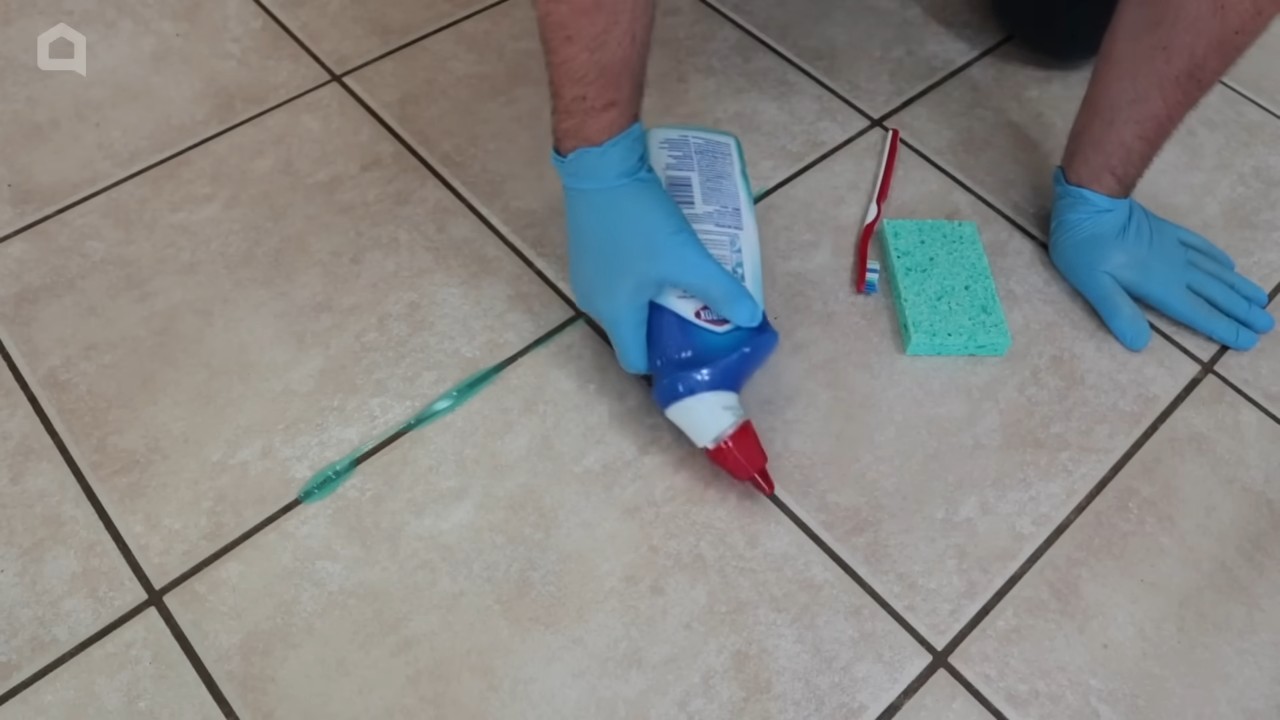
Conclusion
So, there you have it – a collection of toothpaste hacks that extend far beyond just oral hygiene. From rescuing your tarnished jewelry to banishing blemishes and even cleaning your sneakers, the versatility of this everyday item is truly remarkable. We’ve explored how the mild abrasives and cleaning agents in toothpaste can be harnessed to tackle a surprising range of household and personal care challenges.
But why should you bother trying these DIY tricks? Simply put, they’re effective, affordable, and readily accessible. Instead of reaching for harsh chemicals or specialized cleaning products, you can often achieve the same, if not better, results with a tube of toothpaste you likely already have in your bathroom. This not only saves you money but also reduces your reliance on potentially harmful substances.
Consider the environmental impact as well. By utilizing toothpaste for these alternative purposes, you’re potentially reducing the number of single-use cleaning wipes or specialized products you purchase, contributing to a more sustainable lifestyle. It’s a small change that can make a big difference.
Ready to take the plunge? We highly encourage you to experiment with these toothpaste hacks and discover their power for yourself. Start with something simple, like polishing your silverware or removing a stubborn stain from your clothing. As you gain confidence, you can move on to more challenging tasks, such as cleaning your headlights or repairing minor scratches on your phone screen.
Variations and Suggestions:
* For sensitive surfaces: Always test the toothpaste on an inconspicuous area first to ensure it doesn’t cause any damage or discoloration. Opt for a non-gel, non-whitening toothpaste for delicate materials.
* Adding baking soda: For extra cleaning power, you can mix a small amount of baking soda with the toothpaste to create a more abrasive paste. This is particularly effective for removing stubborn stains or polishing metal.
* Essential oils: Enhance the scent and antibacterial properties of your toothpaste cleaning solution by adding a drop or two of your favorite essential oil, such as tea tree oil or lavender oil.
* Targeted application: Use a cotton swab or a soft-bristled brush for precise application, especially when dealing with small areas or delicate items.
* Rinse thoroughly: Always rinse the treated area thoroughly with water after applying toothpaste to remove any residue.
The key to success with these toothpaste hacks is to be patient and persistent. Some stains or blemishes may require multiple applications to fully remove. Don’t be afraid to experiment and find what works best for you.
We are confident that you’ll be amazed by the many uses of toothpaste beyond just brushing your teeth. So, grab a tube, get creative, and prepare to be impressed!
Now, we want to hear from you! Have you tried any of these toothpaste hacks before? Do you have any other clever uses for toothpaste that we haven’t mentioned? Share your experiences, tips, and tricks in the comments below. Let’s learn from each other and unlock the full potential of this everyday essential. Your insights could help others discover new and innovative ways to utilize this versatile product. Let’s make the most of these amazing toothpaste hacks!
Frequently Asked Questions (FAQ)
Is it safe to use any type of toothpaste for these hacks?
Not all toothpastes are created equal, and some are better suited for these DIY hacks than others. Generally, it’s best to use a plain, white, non-gel toothpaste. Avoid toothpastes with whitening agents, colored stripes, or abrasive particles, as these can potentially damage delicate surfaces. Whitening toothpastes often contain stronger chemicals that could cause discoloration or scratching. Gel toothpastes may not have the same cleaning power as traditional paste formulas. Always test the toothpaste on a small, inconspicuous area first to ensure it doesn’t cause any adverse effects. For sensitive materials like leather or delicate fabrics, opt for a mild, non-abrasive toothpaste specifically designed for sensitive teeth.
Can I use toothpaste to remove scratches from my phone screen?
Yes, toothpaste can be used to minimize the appearance of minor scratches on your phone screen. However, it’s crucial to proceed with caution. Apply a small amount of non-gel toothpaste to a soft, lint-free cloth and gently rub it onto the scratched area in a circular motion. Avoid applying too much pressure, as this could worsen the scratches. After a few minutes, wipe away the toothpaste with a clean, damp cloth and dry the screen thoroughly. Keep in mind that this method is only effective for superficial scratches and may not work on deeper gouges. Furthermore, it’s essential to avoid getting toothpaste into any openings on your phone, such as the charging port or speaker grill. If you’re unsure about attempting this, it’s best to consult a professional phone repair technician.
Will toothpaste damage my jewelry?
Toothpaste can be a surprisingly effective jewelry cleaner, but it’s important to use it correctly to avoid damage. Avoid using toothpaste on delicate gemstones like pearls, opals, or emeralds, as the abrasive particles can scratch their surfaces. For more durable metals like gold, silver, and platinum, you can use a small amount of non-gel toothpaste to gently polish the jewelry. Apply the toothpaste with a soft-bristled toothbrush or a lint-free cloth, and rinse thoroughly with water. Be sure to dry the jewelry completely after cleaning to prevent water spots. If you’re unsure about cleaning a particular piece of jewelry with toothpaste, it’s always best to consult a professional jeweler.
How can toothpaste help with acne?
Toothpaste can be used as a spot treatment for acne, but it’s not a long-term solution and should be used sparingly. The ingredients in toothpaste, such as baking soda and hydrogen peroxide, can help to dry out pimples and reduce inflammation. However, toothpaste can also be very drying and irritating to the skin, so it’s important to use it with caution. Apply a small amount of non-gel toothpaste directly to the pimple and leave it on for a few hours or overnight. Rinse thoroughly with water in the morning. Avoid applying toothpaste to large areas of your face or using it on sensitive skin. If you experience any redness, irritation, or dryness, discontinue use immediately. For persistent acne, it’s best to consult a dermatologist for a more effective treatment plan.
Is it safe to use toothpaste to clean my shoes?
Yes, toothpaste can be used to clean certain types of shoes, particularly white sneakers with rubber soles. The mild abrasives in toothpaste can help to remove dirt, scuffs, and stains. Apply a small amount of non-gel toothpaste to a damp cloth or toothbrush and gently scrub the affected areas. Rinse thoroughly with water and allow the shoes to air dry. Avoid using toothpaste on delicate materials like leather or suede, as it can damage the surface. For colored shoes, test the toothpaste on a small, inconspicuous area first to ensure it doesn’t cause any discoloration.
Can toothpaste really remove stains from clothing?
Toothpaste can be effective at removing certain types of stains from clothing, especially those caused by ink, lipstick, or food. Apply a small amount of non-gel toothpaste directly to the stain and gently rub it in. Let it sit for a few minutes, then rinse thoroughly with cold water. Repeat the process if necessary. Avoid using toothpaste on delicate fabrics like silk or wool, as it can damage the fibers. For stubborn stains, you can try mixing the toothpaste with a small amount of baking soda to create a more abrasive paste. Always test the toothpaste on a hidden area of the garment first to ensure it doesn’t cause any discoloration.
What if I accidentally swallow toothpaste while using it for these hacks?
While swallowing a small amount of toothpaste is unlikely to cause serious harm, it’s best to avoid it. Toothpaste contains ingredients that are not meant for ingestion, such as fluoride and detergents. If you accidentally swallow a significant amount of toothpaste, you may experience mild stomach upset or nausea. In rare cases, fluoride poisoning can occur, especially in young children. If you suspect that you or someone else has swallowed a large amount of toothpaste, contact your local poison control center or seek medical attention immediately.

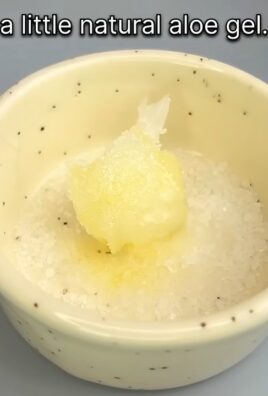
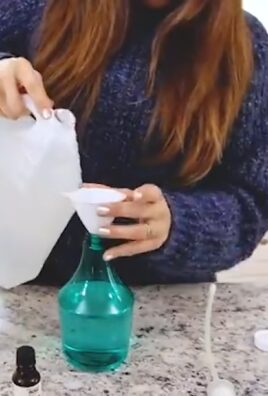
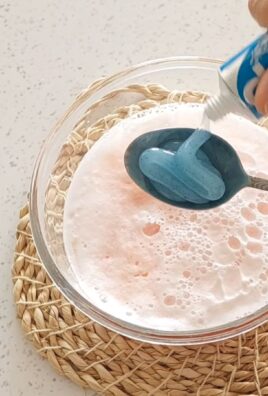
Leave a Comment